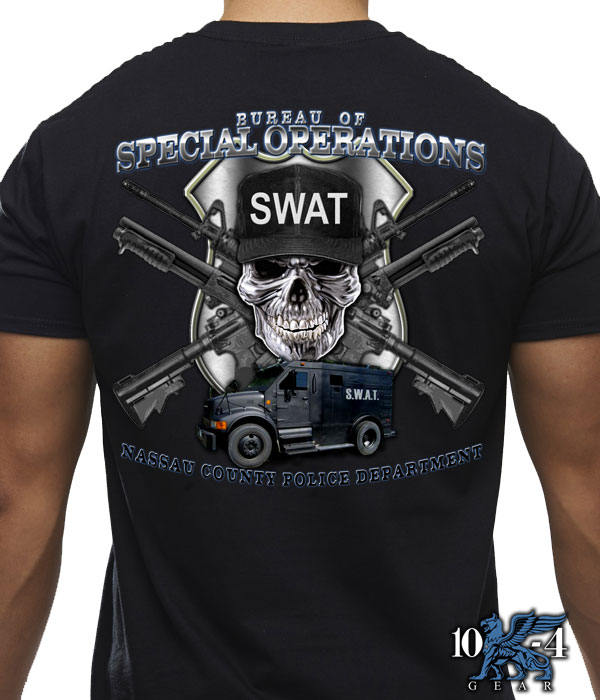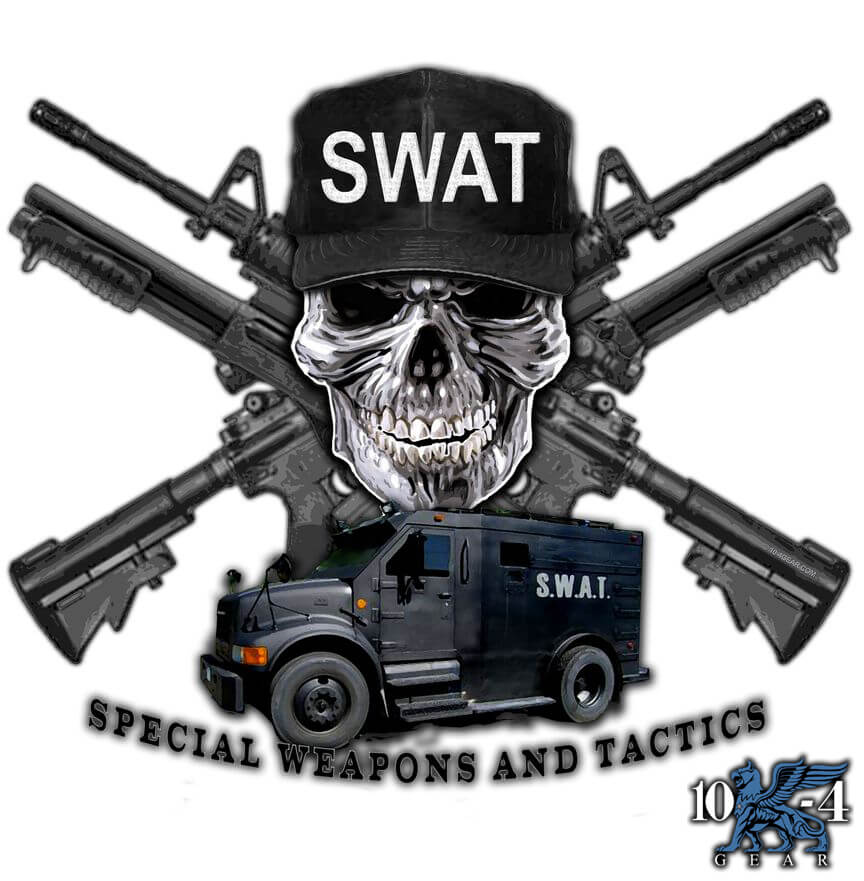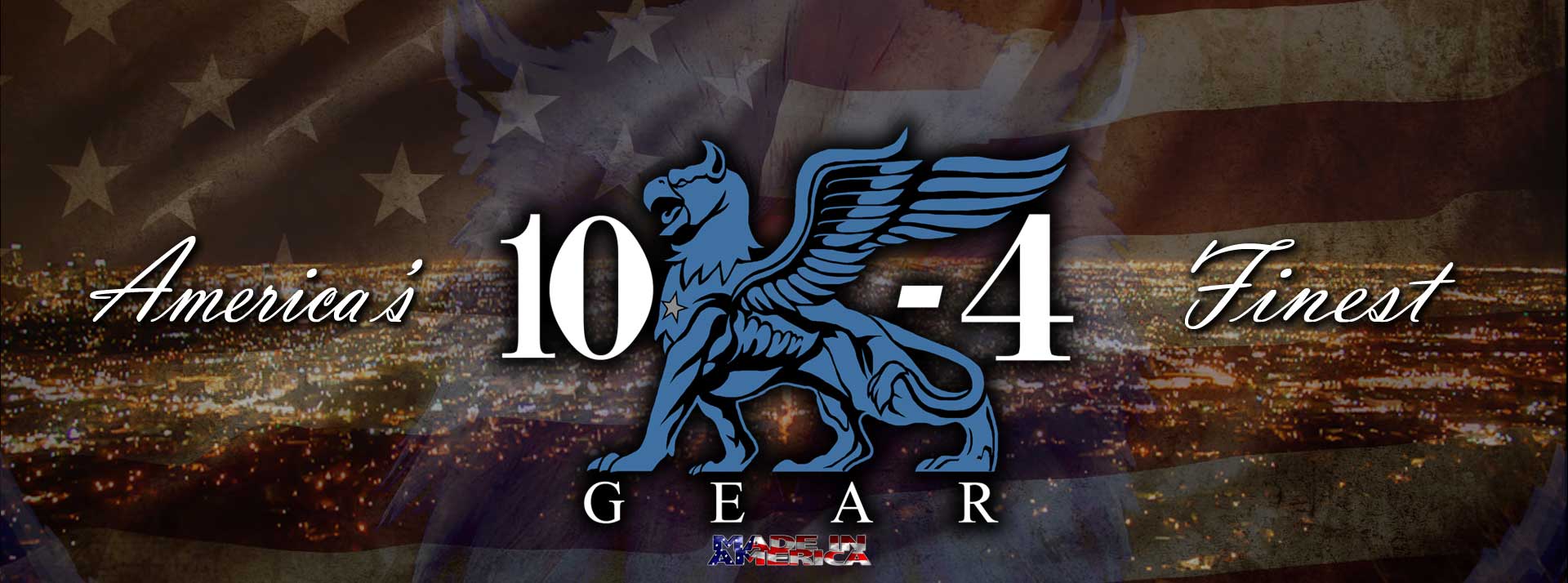Why Are There So Many Types of SWAT Teams? The proliferation of SWAT (Special Weapons and Tactics) teams in the United States may seem puzzling at first glance. With Federal, State, and Local SWAT teams operating across the country, it’s natural to wonder why there are so many variations and what sets them apart. In this blog post, we aim to shed light on the diverse roles and distinctions of these SWAT teams, addressing the purpose behind their existence and dispelling misconceptions about their relative effectiveness.
Understanding the Different Types of SWAT Teams: To comprehend the reasons behind the existence of various SWAT teams, let’s explore their specific roles and jurisdictions:
- Federal SWAT Teams: Federal SWAT teams operate under the jurisdiction of federal agencies, such as the Federal Bureau of Investigation (FBI), Drug Enforcement Administration (DEA), and Bureau of Alcohol, Tobacco, Firearms, and Explosives (ATF). These teams are primarily responsible for handling high-risk operations involving federal crimes, terrorism, hostage situations, and executing search and arrest warrants in collaboration with federal agencies.
- State SWAT Teams: State SWAT teams are typically organized and operated by state-level law enforcement agencies, such as state police or highway patrol. These teams are designed to address a range of high-risk incidents, including hostage situations, active shooter scenarios, and large-scale disturbances that require specialized tactical skills beyond the capabilities of regular patrol officers.
- Local SWAT Teams: Local SWAT teams, also known as municipal or county SWAT teams, are formed by local law enforcement agencies to handle high-risk incidents within their specific jurisdictions. These teams are often employed in situations such as barricaded suspects, serving high-risk warrants, or responding to critical incidents that necessitate specialized tactics and equipment.

Roles and Specializations: While the overall mission of SWAT teams remains consistent across different levels, their specific roles and specializations may vary:
- Federal SWAT Teams: Federal teams primarily focus on addressing crimes that fall under federal jurisdiction, including organized crime, terrorism, and complex investigations. Their specialized training and resources enable them to handle highly sensitive operations involving national security and multi-jurisdictional cases.
- State and Local SWAT Teams: State and local teams are responsible for responding to high-risk incidents within their respective jurisdictions. Their training encompasses a range of scenarios, including hostage rescue, tactical entry, crowd control, and supporting regular law enforcement operations when additional firepower or specialized skills are required.
Dispelling Misconceptions: It is crucial to dispel the misconception that one type of SWAT team is inherently better than the others. The effectiveness of a SWAT team relies on various factors, including training, resources, coordination, and operational experience. Each type of team plays a vital role in maintaining public safety, and their effectiveness often depends on the specific context and the collaborative efforts between different levels of law enforcement.

Collaboration and Resource Sharing: While Federal, State, and Local SWAT teams have their areas of focus, it is important to highlight that collaboration and resource sharing between these teams are common. In certain situations, particularly those involving large-scale incidents or joint operations, different levels of SWAT teams may work together to leverage their respective strengths and expertise.
Conclusion: The existence of Federal, State, and Local SWAT teams stems from the need for specialized tactical units to handle high-risk situations beyond the scope of regular law enforcement. Each type of team serves a distinct purpose, based on their jurisdiction and the nature of incidents they are trained to handle. Recognizing the diversity of roles and the collaborative efforts among these teams is essential for maintaining public safety and ensuring effective response to critical incidents across the nation.
For more information about Why Are There So Many Types of SWAT Teams? please contact us at hq@10-4gear.com.



